FIND THE ARTWORK
James Prosek is an American artist who lives and works in Connecticut. He visited the Wood River Valley in the summer of 2021, exploring the area’s mountains and rivers. In all of his work, Prosek encourages us to spend time in nature, to be present, and to occasionally throw away the map.
• Why do you think James Prosek split this Sockeye Salmon into two panels?
• Write a poem or make up a story about this fish.
 James Prosek, Separation No. 1 (Sockeye Salmon and Elephant’s Head Flower), 2022, acrylic on panel
James Prosek, Separation No. 1 (Sockeye Salmon and Elephant’s Head Flower), 2022, acrylic on panel

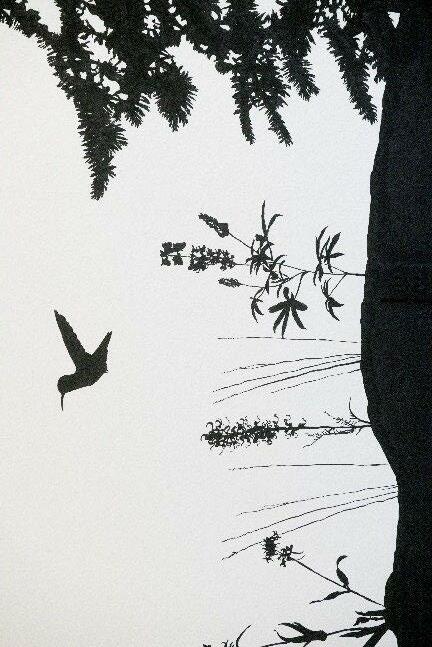
CREATE your own mural inspired by James Prosek’s silhouettes :
As Rachel Teannalach becomes more concerned about protecting the lands she paints, her newer paintings of landscapes include powerlines and oil drums, hydroelectric plants and dams. The intensity of the brushstroke and monumentality of her perspective recall those of early 20th century artists who honored human engineering by painting human made structures like the Hoover Dam.

• How many colors are in a patch of sky?
• How many blues can you find in the water?
• When you are outside the museum, LOOK UP and try to count as many colors as you can in the sky. How many colors do you see?
Rachel Teannalach, Monumental 1 (Ice Harbor), 2022, oil and wax on canvas
Rachel Teannalach, Monumental 3 (Little Goose), 2022, oil and wax on canvas SEARCH for the following types of marks in these paintings: drip smear squiggle


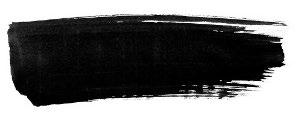

DRAW three more marks you find in these
paintings:
Photographer Eirik Johnson has lots of photographs that look at the places where human activity and wilderness intersect. In 2008, Johnson photographed two major dams along Washington’s Elwha River, the Glines Canyon Dam and the Elwha Dam. Three years later, these dams were removed from the Elwha River as part of a restoration project. He returned to the site of the Glines Canyon Dam in 2018 and created a diptych (two works of art meant to hang together as one artwork) that allows viewers to see the transformation of the river that now runs freely.
 Eirik Johnson, Below the Glines Canyon Dam on the Upper Elwha River, Washington, 2008 and Glines Canyon, Upper Elwha River, Washington, 2018, archival pigment prints
Eirik Johnson, Below the Glines Canyon Dam on the Upper Elwha River, Washington, 2008 and Glines Canyon, Upper Elwha River, Washington, 2018, archival pigment prints
•
Compare the two photographs of the Glines Canyon Dam (left). What is similar? What is different? How many differences do you notice?
• What sounds would the artwork make? How might you hear the colors, the shapes, the forms?
CREATE your own diptych:
Carolina Caycedo works in multiple media to explore the impact of dams on Indigenous peoples, Native and local traditions in the Americas. Last summer, she spent time in Idaho and Washington, visiting dams, interviewing biologists, speaking with members of the Shoshone Bannock Tribes and the Nez Perce Tribe, and learning about their traditional fishing practices.
• Look out for repeating elements. Is there a pattern? Are there repeated shapes or ideas? Do certain forms echo each other?
DRAW the patterns you see in the space below:
 Carolina Caycedo, The Salute of the Fish, 2022; Maker Unknown (Nez Perce), Dip Net, c. 1800
Carolina Caycedo, The Salute of the Fish, 2022; Maker Unknown (Nez Perce), Dip Net, c. 1800
Caycedo included objects borrowed from the Colville Tribal Museum and the Nez Perce National Historic Park in this exhibition. She wanted to illustrate the long history of native fishing in the region and the fact that these fishing technologies remain vital among indigenous peoples in the region today.
Maker unknown, Composite Salmon Harpoon, c. 1921, Bone, hemp, Colville Tribal Museum; Maker unknown, Leister salmon spear, c. 1920 1930, wood, bone, hemp, Colville Tribal Museum

• HUNT FOR EVIDENCE of the artist: brushstrokes, chisel marks, fingerprints...Imagine making those marks yourself. What position would you need to get into? What tools would you use?
• On the way home, search for something that reminds you of the artwork, or part of it – a shape or color, perhaps a word, even a sensation.
Carolina Caycedo also made a video for this exhibition, called “Reciprocal Sacrifice.” Spend some time in The Project Room watching the video.
• Who or what is the narrator of this story?
• How does being in the space make you feel? What do you notice about your temperature?
Do your feelings change if you are sitting on the bench or laying down on the floor?
DRAW or WRITE your ideas below:
If you don’t have time to watch the whole video in The Museum today, scan this QR code to find the video on the SVMoA website!

Check out the ART LAB and respond to one of the prompts. Add your animal to our riverscape!
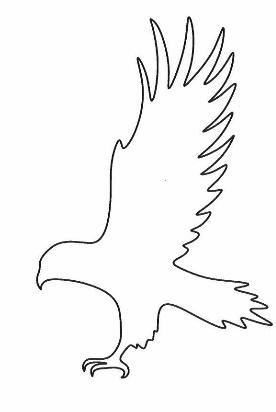
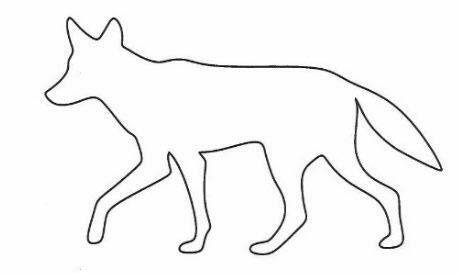
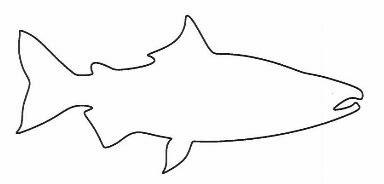


READ one of the books:
• We Are Water Protectors by Carole Lindstrom
• Salmon Creek by Annette LeBox
• Brownie and Bo at the Big Wood Diner by Lynn Peters
• Salmon Stream by Carole Reed Jones
• We Are Still Here! Native American Truths Everyone Should Know by Traci Sorell
• What Is A River? by Monika Vaicenaviciene
SCAVENGER HUNT

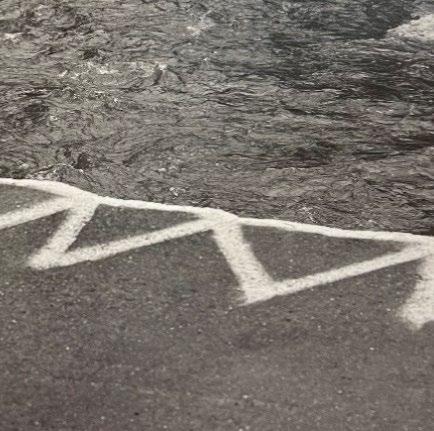
Find these creatures, details and artifacts in or around The Museum.



FIND THE ARTISTS ON INSTAGRAM: Carolina Caycedo: @lacaycedo Eirik Johnson: @orcawatch James Prosek: @jamesprosek Rachel Teannalach: @tinyexpanse @sunvalleymuseum #SVMoA
As a contemporary art museum, SVMoA is a place for learning. We are a non collecting museum, allowing us to focus on timely, relevant and engaging programs and exhibitions that resonate with our community.
At SVMoA you can explore paintings, photographs, drawings, prints, sculptures, films, and performances. As you move through the Museum, think about what surprises you.
Sun
Valley Museum of Art 191 Fifth Street East Ketchum, ID 83340 svmoa.org


 James Prosek, Separation No. 1 (Sockeye Salmon and Elephant’s Head Flower), 2022, acrylic on panel
James Prosek, Separation No. 1 (Sockeye Salmon and Elephant’s Head Flower), 2022, acrylic on panel







 Eirik Johnson, Below the Glines Canyon Dam on the Upper Elwha River, Washington, 2008 and Glines Canyon, Upper Elwha River, Washington, 2018, archival pigment prints
Eirik Johnson, Below the Glines Canyon Dam on the Upper Elwha River, Washington, 2008 and Glines Canyon, Upper Elwha River, Washington, 2018, archival pigment prints
 Carolina Caycedo, The Salute of the Fish, 2022; Maker Unknown (Nez Perce), Dip Net, c. 1800
Carolina Caycedo, The Salute of the Fish, 2022; Maker Unknown (Nez Perce), Dip Net, c. 1800











